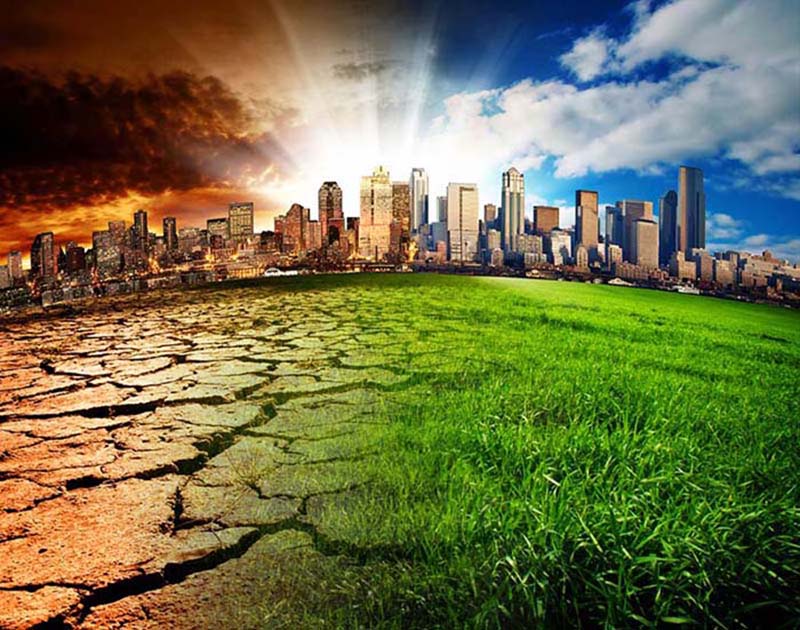Humans Wholly Responsible For Warming In India: Scientists

New Delhi: Greenhouse gases (GHGs) released by human activities contribute entirely for warming in India, showed a group of IIT Delhi scientists. The average temperature, they say, has risen by half a degree in five decades. Warming caused by GHGs was more than three times the actual observation during this period.
Three IIT Delhi scientists, Dileep Kumar, Achuta Rao and T Arulalan, have looked into the temperatures from 1956 to 2005 and their findings have been published in a journal of the Nature Group, Scientific Reports. One of the co-authors of the study, IIT professor Krishna Achuta Rao, told The Times of India that their main finding is about GHGs raising India’s temperatures much more than what has been experienced. “But it has been offset substantially by aerosols and land use change. Importantly, there is no contribution to warming from natural causes,” he added.
The cooling effect of pollution, another by-product of the use of fossil fuels, confined the warming to 0.5 degree Celsius only. Warming is a worldwide trend linked scientifically to GHGs but for the first time, a study traces the cause of rising temperatures in India to such emissions. The findings suggest that there could be a sharper increase in warming as we reduce air pollution. This IIT research has crucial implications for the fight against air pollution. Some of the findings of the study are:
- Warming contributed by natural factors was just 0.005 degree C, while GHGs caused about 1.85 degree C warming.
- Pollution and land use change led to a cooling of 1.2 degrees C, resulting in about 0.65 degree C net warming.
- The sharpest rise in temperature is found in the western Himalayas, specifically Jammu and Kashmir and adjoining areas.
- During the 50-year period, GHGs accounted for a warming of as much as 3 degree Celsius.
- Other anthropogenic factors (pollution, land use change) offset this rise by 1.5 degrees C, resulting in a net rise of 1.5 degrees.
- The other homogeneous temperature regions of the country, looked at by the researchers, included east coast, west coast, interior peninsula, northwest India, northeast and north-central India. Of them, northeast and north-central were the only regions to show no significant warming.
The authors of this study have used two observational temperature datasets together with results from a multi-model archive of forced and unforced simulations. The contribution of natural and anthropogenic influences was estimated through a two-signal optimal fingerprinting analysis.
The anthrologenic influences due to GHGs from other human-induced factors were isolated to arrive at their results. The study concludes that surface temperature changes over India between 1956 and 2005 can be attributed to anthopogenic forcing mostly by greenhouse gases and partially offset by other anthropogenic forcings including aerosols and land use land cover change.

Comments are closed.